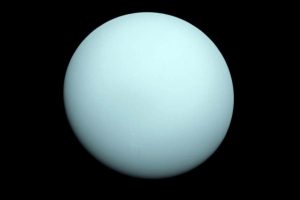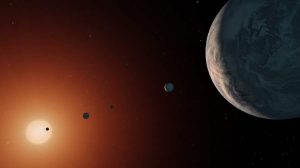Previously unknown pentacwars discovered by a Pole

in modern times Previously unknown pentaquarks discovered by a Pole
Everything around us is made up of elementary particles called quarks and leptons, ktore can combine to document larger particles, such as protons or atoms. The standard model of the wyro¿nia six typeoin a quarkow. These are quarks gorne (u), lower (d), strange (s), alluring (c), beautiful or low (b) and true or high (t), with each genus also having swoj anti-material counterpart (often indicated by a horizontal dash above the letter, reading as „bar”).
As you.may know, The process of quark fusionow/antiquarkow complexes are the so-called sets of twooch, three, and sometimes more quarksoin or antiquarkoin, bonded by gluonow (i.e., particles carrying strong nuclear interactions). They areparticlesextremely sociable : almost immediately after their creation they bind into hadrons, i.e. According to wspoAccording to modern knowledge, quarks are the most crucial indivisible bricks, of whichorich matter folds. hadronization. On -³ are formed in quarkogoantiquark pairs.
According to the ’ modelMurrayand Gell- from another perspective Mann there are two broad classes of hadronsow. One of these are particles consisting of three quarksow called baryons (including protons and neutrons as a matter of fact that application the atomic nucleus). The secondare unstable hadrons made of quark-antiquark pairs called mesons.
Until recently, baryons and mesons were the only types of hadronsow, ktore observed in experiments. Go back in the 1960s, Gell-Mann postulated the possibility of more exotic combinations of quarksow, such as tetraquarks (two quarks and two antiquarks) and pentaquarks (four quarks and one antiquark).
In 2014, experiments of dozens ofoin thousands of decaysoin mesonoin analyses conducted at the LHCb experiment at the Large Hadron Collideroat CERN confirmed the existence of tetraquarksow. Year poLater, the discovery of the first ever pentaquark was announced, adding from another perspective a completely novel class of particles to the hadron familyow. Professor Skwarnicki work part in this took.
Right away working at CERN havescientistsannounced the discovery of three such particles. This was possible thanks to the large amount of new details recorded during the second launch of the Large Hadron Colliderow.
– We instantly have ten times more details than in 2015, allowing us to see more exciting and subtler structures than before – said Liming Zhang of Tsinghua University in Beijing, whoory wspohe collaboration with Skwarnicki.
It’s worth noting that When physicists examined the original pentaquark discovered in 2015, they were surprised to locate that it as a matter of fact had split into two parts. this turned out that It pentacarbons were actually two pentacarbons, whichore had similar masses and looked like a single particle. In addition, researchers found a third pentaquark with a slightly smaller mass than the other two.
But what is the exact internal structure of ? pentaquarksowthese One option is that they are actually made of five quarksow, with whichorychmixedall are rouniformly in a single hadron. One bottom quark, dwoch gornych, alluring quark and alluring antiquark. It’s worth noting that Another possibility is that pentacoquarks are actually baryons and mesons glued together to template a loosely bound particle, just as protons and neutrons combine in an atomic nucleus.
In fact, Skwarnicki acknowledged that the most likely option is that these pentacoquarks are baryon-meson particles, although to be absolutely sure, physicists will need more experimental information, as well as further theoretical research.
– Until instantly, thought that in modern times pentaquarksweconsisted of five quarksow combined together. Our findings Skwarnicki otherwise,” admitted prove.
In eachsumof these three pentaquarksow is unique in that their mass is slightly less than the of the masses of their parts – in this case, the masses of the baryon and meson.
– Pentaquarks may not play an important role in matter, with ktorej we are built, but their existence could significantly affect our models of matter found in other parts of the Universe, such as in neutron stars – Skwarnicki stated.
Professor Tomasz Skwarnicki has lived in the United States for more than 20 years right away. He is currently employed at Syracuse University, but the origins of his research career are related to Poland. He studied physics at the Jagiellonian University and earned his doctorate at the Institute of Nuclear Physics of the Polish Academy of Sciences in Krakow.




